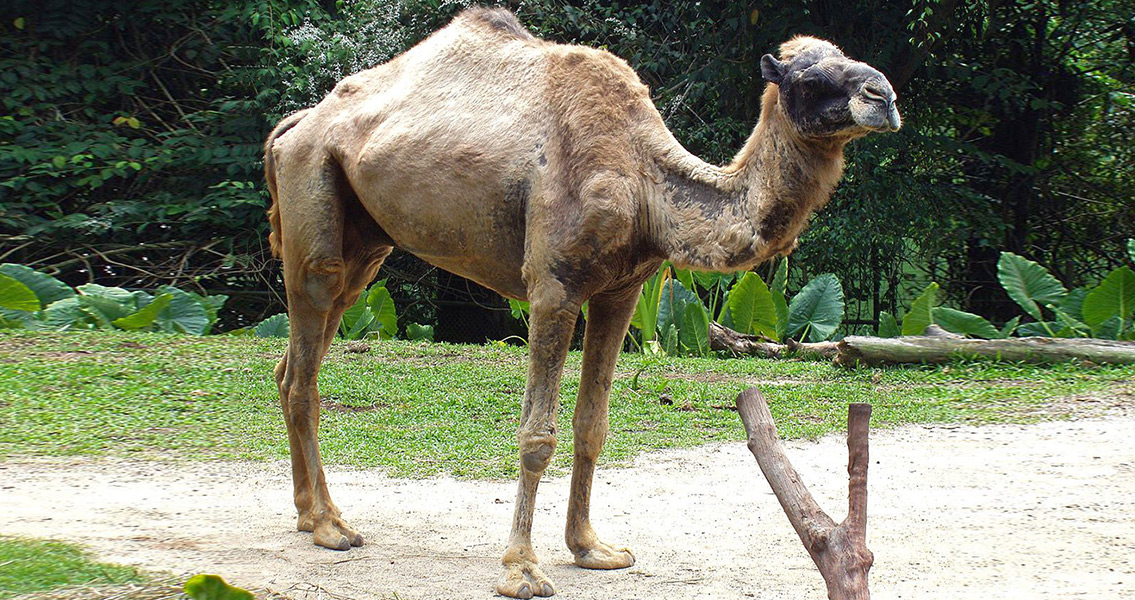<![CDATA[A team of archaeologists working in the Austrian town of Tulln has found the first complete camel skeleton ever discovered in Central Europe, in a cellar dating back to the seventeenth century. The area was being cleared for a new mall. According to results from the analysis of the remains, it was a hybrid between a Dromedary and Bactrian, and served as a war camel, as indicated by skeletal defects resulting from the regular presence of a harness. Given the age of the skeleton and its location, researchers concluded that it had taken part in the Ottoman advance towards Vienna, which was abruptly ended by Austrian and Polish troops in 1683. So far, it is not clear whether camels were regularly used as riding animals in the Ottoman army, because of the scarcity of finds such as this skeleton. In fact, the only other complete camel skeleton that could be linked to the empire was found in sedimentary rocks in an ancient port in Istanbul. The Austrian scientists were initially baffled as to the species of the animal when they discovered it in the cellar littered with household junk. According to the lead researcher, Alfred Galik, the first piece of the camel the team came across was a mandible, which looked like that of cow, albeit a strange one. They then found cervical vertebrae that were similar to a horse’s. After recovering the whole skeleton, the scientists were able to establish its actual species, and determined that rather than being used for carrying loads, it was used as transport for soldiers. DNA analysis revealed it was a Dromedary on its maternal side and a Bactrian on its paternal side. Hybrids were common in those days as they were, according to Galik, “easier to handle, more enduring, and larger than their parents. These animals were especially suited for military use.” As to how the animal found itself in a cellar in Tulln, the team suggested it was either left by Ottoman forces retreating from the Battle of Vienna in 1683, or sold to the locals, who apparently kept it as a curiosity, since there are no signs of defleshing on the bones, which would have been the case had it died as an army animal. (army animals were often eaten by soldiers, after they had died). It appears the camel was a valuable asset to the Ottoman army, well cared for and not strained overmuch with heavy loads. The Ottoman army reached the outskirts of Vienna in the middle of 1683. Tulln, a nearby town, was besieged but, according to historical documents, the situation never escalated to direct violence. In fact, historical documents reveal that the troops were in frequent contact with the town’s inhabitants. The siege lasted for two months and was connected with the Battle of Vienna from September of the same year, when the combined forces of the Habsburg-ruled Holy Roman Empire and Polish troops drove the Ottoman forces out of the region. Image courtesy of Wikimedia Commons user: Daderot]]>
Remains of Ottoman Camel Found in Austria
